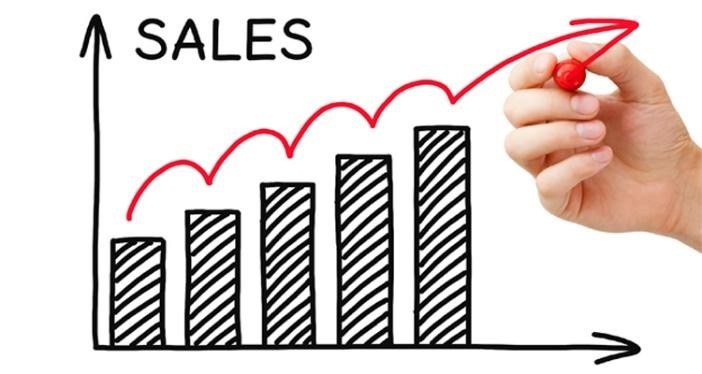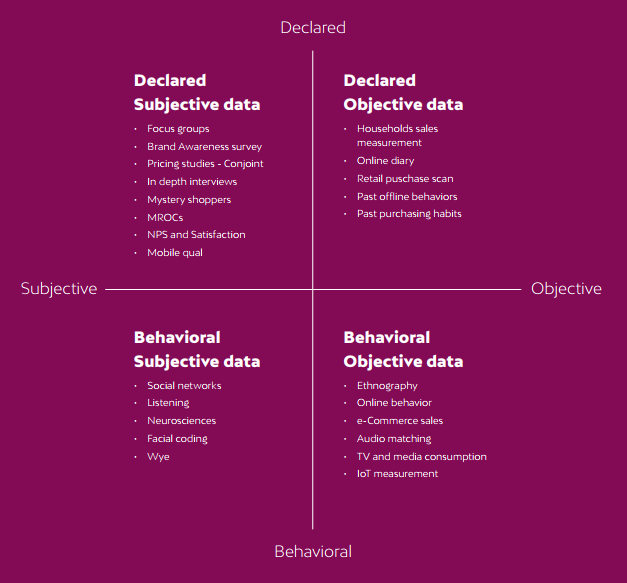There seems to be no doubt that today, data is fulfilling the role that oil played in the 18th century: it’s a major asset that everyone wants access to. But, as Michael Palmer has noted, raw data, like crude oil, is unusable until it has been processed. The insights industry and data-driven companies know that not all data is created equal: every piece of data requires a specific classification, processing technique, security, and storage, among other things.

The Key Lies in Data Classification
Let’s step away from the insights world for a moment and take a look at the world of data security. For individuals in charge of data security, public, internal, confidential, restricted, and top secret could be a few examples of valid classifications. In this instance, classification is a key factor, as the value and protection costs are significantly different in each scenario. In the market research industry, things aren’t so different. Data classification will definitely have an impact on any study (beginning with the value of the data).
Classification is essential for structuring and understanding any phenomenon. A single piece of data can be classified or viewed differently by marketers, researchers, data security managers, etc. Depending on what we are looking for, we will have to choose one classification or other. This is vital, as an improper data classification could lead to misinformation and affect our business.
Data Classification in the Market Research Industry
We have already looked at several ways of classifying data: continuous/discrete, mobile/non-mobile, visible/hidden, internal/external etc. But more broadly, we have talked about two kinds of data classification:
- Qualitative data / quantitative data
- Offline data / Online data.
Don’t worry—this isn’t another post with definitions of qualitative, quantitative, offline, and online data, and we’re not going to get into the thorny qualitative/quantitative, offline/online debate. Rather, my goal is to defend a new classification model that will help us to extract more rigorous insights.
The “customer-centric” concept is currently a buzz word in marketing departments across the globe. Unlike traditional marketing, which focuses on products, communication and channels, a customer-centric marketing strategy places the customer front and center, on the assumption that by creating a positive experience we will achieve the widely sought-after customer loyalty. But how can this customer-centric approach be applied to data classification?
The data required for insight generation is generated by people (consumers). By placing the consumer at the center of the experience, we are focusing on the data generator element. This approach not only allows us to classify data in a more efficient way, but also helps us visualize all sorts of current and future data.
A Customer Centric Approach
By using a customer-centric approach, we can classify data in two different dimensions: the collection methodology used and the nature of the information.
The first is directly related to the collection methodology; it enables us to discriminate between declarative/active data and behavioral/passive data. Declarative data is collected from people’s active participation, either when they answer surveys about their opinions, motivations, and context, or when they report any kind of information in a proactive way. In other words, when people under research are responsible for actively providing data, that data is considered declarative. Behavioral data is based on observation of the people’s behavior; the individuals being studied do not play an active role in the data delivery process.
The second relevant dimension is the final nature of the information: is the data subjective or objective? Subjective data encompasses feelings, intentions, preferences, opinions, etc. It is unstable and variable, as people can change their minds. Objective data, on the other hand, relates to unquestionable facts such as the price a consumer paid for her mobile phone, which political party she voted for, or what brand of car she drives. These pieces of data are facts and cannot change.

By combining these two dimensions, we can determine four types of market research data:
- Behavioral objective data
- Declarative objective data
- Subjective observed data
- Declarative observed data
Now that we can classify data from a customer-centric perspective, we can ask which sort of data we ought to use in our research.

What Kind of Data Should We Use? The Million-Dollar Question.
We can’t answer this question in just one sentence or paragraph. There are entire papers on this topic (if you want to truly delve into this topic we strongly encourage you to read “When should we ask, when should we measure”). But one thing is for sure: using the wrong type of data can seriously affect your company’s viability.
In future posts and more in-depth content, we will explore these topics further. In the meantime, you can already see that, based on the nature of the study, it is obvious whether we should use subjective data or objective data, as this is determined by the study’s goal.
Deriving plastic from raw material has nothing to do with the process of getting gasoline from crude oil. Our aim must determine the approach and resources we use. The same is true of data analysis, with one key difference: while processing oil forces the producer to select only one specific treatment for each product, data processing yields higher-quality insights based on the data sources utilized. The next time you launch a research project, you would do well not to forget!





